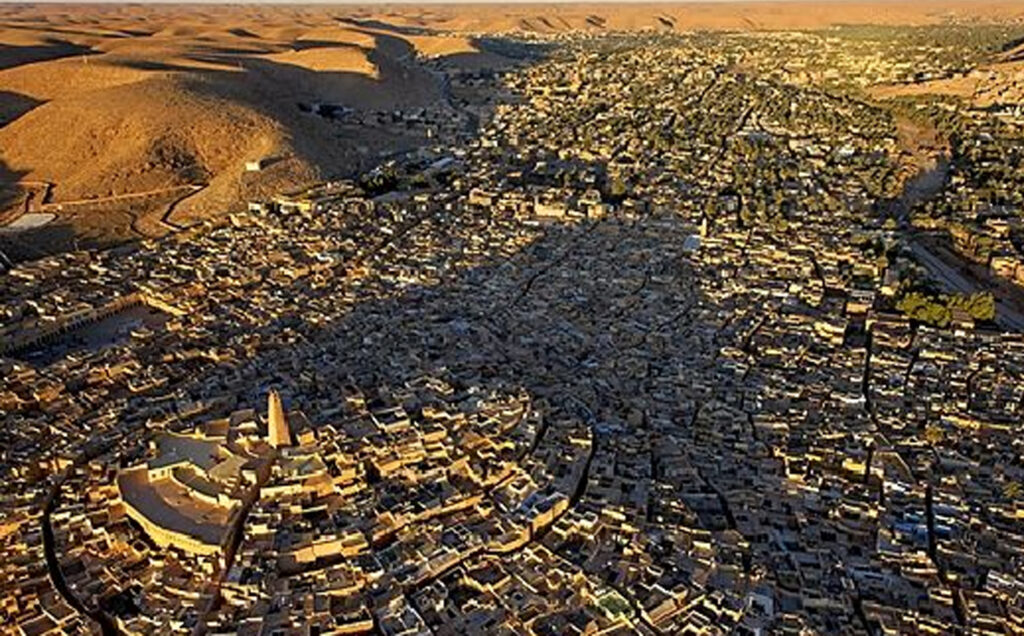In search of Carbon Neutral Cities
- Dr. Chafia Ferhat
- November 16, 2023
- Sustainability
- architecture, carbon footprint, Carbon Neutral, Environmental Design, Master planning, Sustainability, UNESCO
- 0 Comments
At one of our office Lunch & Learn seminars, we were reviewing Masdar Project in Abu Dhabi and all the technologies involved into making this “city laboratory” a carbon neutral city.
The question of the day was;
“Given the prohibitive costs of all these technologies used in making this project carbon neutral, how can developing countries aspire to developing green buildings?”
I thought of our own design practice;
We work in developing, as well as developed countries, but how many truly green buildings have we successfully designed and built?
Well, for every project we undertake, we start by defining environmental design parameters for green building materials, landscaping, orientation, water, wastewater, energy, indoor quality environment, solid waste disposal and so on; all these parameters are incorporated in our preliminary designs.
As design stages progress and these parameters are converted into extra cost per sq.m.
The usual debate with clients begins:
- Are these statutory requirements?
- Do we have to provide these parameters?
- How much more initial investment is required?
The answer usually particularly in developing countries is no, no, and a quite a bit more initial investment.
So, our environmental design parameters get reduced to the bare minimum regulatory superficial building codes.
The question here is, if clients are not willing to put in the initial heavy investment to incorporate grey water technology, solar panels, recyclable materials, irrigation systems, etc.. How can architects, planners and designers contribute to reducing the carbon footprint of buildings they are involved with?
I believe the solution is a hybrid of affordable technologies and indigenous design principles that have been tested over centuries. These principles have been completely forgotten by the modern buildings industry.
So, on way to find out more, we planned our yearly trip to one of the UNESCO world’s heritage MOST SUSTAINABLE town dating back to the 10th century and still inhabited today.

“A traditional human habitat, created in the 10th century by the Ibadites around their five ksour (fortified cities), has been preserved intact in the M’Zab valley. Simple, functional and perfectly adapted to the environment, the architecture of M’Zab was designed for community living, while respecting the structure of the family. It is a source of inspiration for today’s urban planners” UNESCO World Heritage
The M’zab Valley is a north-south trade route through the Algerian Sahara.
At the Outset, a wall is built to define the size of the town and its inhabitants, the infrastructure is then built in accordingly. Being in the desert water is scarce, the Ibadites built the most sophisticated water irrigation system to ensure an equal amount of water is distributed to each field and each household. “The urban space of the M’zab presents itself in a well-defined order with a specific style that is purged of the superfluous and with an efficiency that is as remarkable as the simplicity of its art.”
When the largest town Ghardaia became fully inhabited, four other towns each with its own character were built as satellite towns following the same planning and design principles. Together they are known as the Pentapolis (five cites, all constructed between 1012 and 1350. A.D.)

- Architecture here must adapt to the harsh environment.
- Windows are small and carefully placed.
- Courtyards allow for airflow.
- High walls shade the streets and alleys.
- Thick walls are cool during the day and hold the heat at night when temperature drop.
- Building materials are limited: Limestone and rock are plentiful, as well as palm wood so all buildings are built with what’s there.
- Forms are coated with locally made plasters.
- The minimalist design of the courtyard house is perfectly adapted to the climate.
In summer, families move to the cooler, irrigated palm groves (a major source of income) deeper in the valley, but still situated close to the towns. The summer homes are more informal with fruit and vegetable gardens that grow in the shade of the tall date palms.

The people of the M’Zab Vally have created beautiful oases by a highly sophisticated method of capturing water and retaining it in one of the harshest climates on Earth.
These pentapolis’ were developed in the 10th century, they are still inhabited today and remain perfect example of sustainability.
“The settlement of the M’Zab Valley has exerted considerable influence on architects and city planners of the 20th century, from Le Corbusier to Pouillon.” ..to Norman Foster
Related Posts
- Dr. Chafia Ferhat
- October 5, 2012
Minimalism in Architecture, Origin, and Context
There are a lot of publications defining what minimalism is, when it started as an architecture ..
- Sheetal Chailertborisuth
- May 28, 2013
Wheat uses in Construction
Wheat is a major component of our diets. It is found in breads, cakes etc. And since the earl ..

